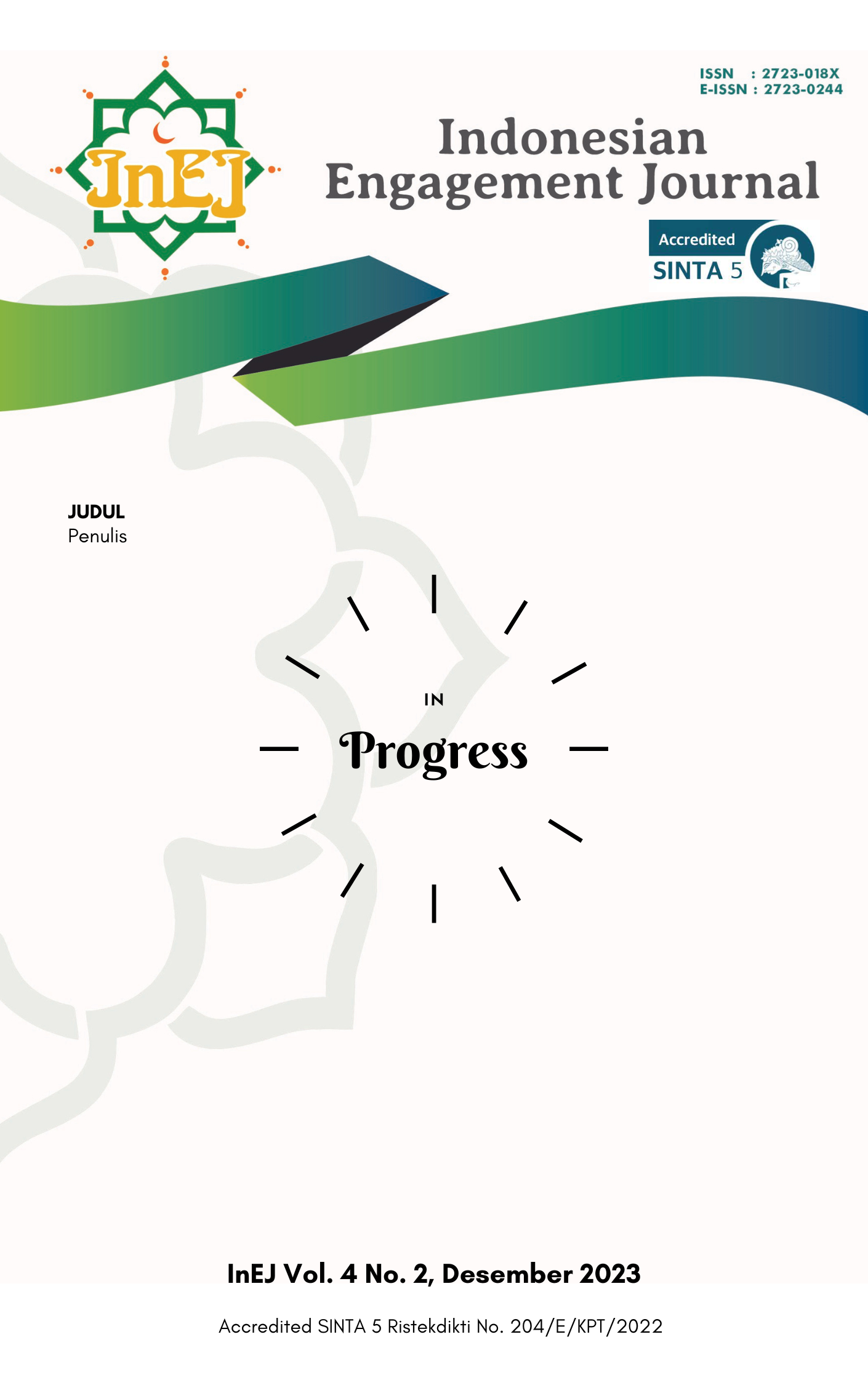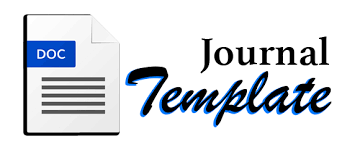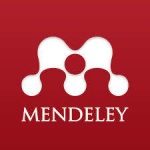PELATIHAN DALAM PENYUSUNAN EVALUASI DIRI MADRASAH (EDM) DAN RENCANA KERJA DAN ANGGARAN MADRASAH BERBASIS ELEKTRONIK (E-RKAM) DI MA AL IMAN PUTRI PONOROGO
DOI:
https://doi.org/10.21154/inej.v4i2.7248Keywords:
Evaluasi, Rencana Kerja, Anggaran, MadrasahAbstract
Kementerian Agama sebagai kementerian yang menaungi pendidikan Islam, memiliki perhatian lebih terhadap kualitas pendidikan Islam. Kualitas pendidikan akan tercapai jika memiliki sistem penjaminan mutu yang baik secara internal maupun eksternal. Sesuai dengan Project Appraisal Document (PAD) bahwa salah satu program pada proyek komponen 1 adalah penerapan Rencana Kerja dan Anggaran Madrasah berbasis elektronik (e-RKAM). Pengabdian kepada Masyarakat ini menggunakan pendekatan Participatory Action Research (PAR). Adapun kegiatan ini bertujuan meningkatkan kompetensi para pengelola (dalam hal ini Tim Inti Madrasah) untuk memahami sekaligus menerapkan penyusunan EDM dan e-RKAM. Inisiatif tersebut direspon dengan cepat yang dalam hal ini Jurusan Manajemen Pendidikan Islam dengan memberikan kegiatan pengabdian masyarakat dalam bentuk Workshop Penyusunan Evaluasi Diri Madrasah (EDM) dan Rencana Kerja dan Anggaran Madrasah Berbasis Elektronik (e-RKAM) sebagai bentuk realisasi kerjasama dari kedua belah pihak guna peningkatan kualitas pendidikan. Kegiatan workshop penyusunan EDM dan e-RKAM di MA Al Iman Putri Babadan Ponorogo terlaksana sangat baik dan lancar, terlihat dari peserta (Tim Inti Madrasah) sangat antusias dalam mengikuti kegiatan workshop tersebut baik pada kegiatan belajar mandiri secara online melalui platform sekolah.mu maupun pada saat offline melalui pendampingan praktek penyusunan EDM dan e-RKAMnya.
References
Abdurrahmansyah, dan Ima Rismawati. “Peningkatan Kualitas Perguruan Tinggi Melalui Sistem Penjamin Mutu Dengan Pendekatan Total Quality Managemen.” Jurnal Perspektif 6, no. 2 (2022): 154”“69. https://doi.org/10.15575/jp.v6i2.177.
Aprizal, Yusuf Zaini. “Pendampingan Penyusunan Rencana Kerja dan Anggaran Madrasah (RKAM) Melalui Aplikasi E-RKAM Pada Madrasah di Kecamatan Natar Kabupaten Lampung Selatan.” MEUSEURAYA - Jurnal Pengabdian Masyarakat 2, no. 1 (2023): 39”“51. https://doi.org/10.47498/meuseuraya.v2i1.1957.
Fakhrurozi, Jafar, Donaya Pasha, Jupriyadi Jupriyadi, dan Intan Anggrenia. “Pemertahanan Sastra Lisan Lampung Berbasis Digital Di Kabupaten Pesawaran.” Journal of Social Sciences and Technology for Community Service (JSSTCS) 2, no. 1 (2021): 27”“36. https://doi.org/10.33365/jsstcs.v2i1.1068.
Hartono, Tri dan Moh. Bisri. “Pelaksanaan Evaluasi Diri Madrasah (EDM) di MI Muhammadiyah Karan Karanganyar.” At-Ta’lim: Jurnal Pendidikan 9, no. 2 (2023): 105”“19.
Menteri Pendidikan dan Kebudayaan Republik Indonesia. “Peraturan Menteri Pendidikan dan Kebudayaan Republik Indonesia Nomor 28 Tahun 2016 tentang Sistem Penjaminan Mutu Pendidikan Dasar dan Menengah.” Jakarta, 2016.
Presiden Republik Indonesia. “Peraturan Pemerintah Republik Indonesia Nomor 13 Tahun 2015 tentang Perubahan Kedua Atas PP Nomor 19 tahun 2005 tentang Standar Nasional Pendidikan.” Jakarta, 2015.
Presiden Republik Indonesia. “Undang-undang Republik Indonesia Nomor 20 Tahun 2003 Tentang Sistem Pendidikan Nasional.” Jakarta, 2003.
Muhtasar et al. “Manajemen Evaluasi Diri dalam Menyusun Anggaran Menggunakan Aplikasi EDM e-RKAM pada Madrasah Sasaran Proyek (REP-MEQR).” MANAZHIM: Jurnal Manajemen dan Ilmu Pendidikan 5, no. 1 (2023): 400”“416. https://doi.org/10.36088/manazhim.v5i1.2967.
Rahmat, Abdul, dan Mira Mirnawati. “Model Participation Action Research Dalam Pemberdayaan Masyarakat.” AKSARA: Jurnal Ilmu Pendidikan Nonformal 6, no. 1 (2020): 62”“71.
Sa’idu, Nur. “Implementasi Aplikasi Edm Dan E-Rkam Dengan Menggunakan Aplikasi G-Suite for Education Pada Madrasah Sasaran Proyek Realizing Education’S Promise-Madrasah Education Quality Reform (Rep-Meqr) Ibrd Loan Number: 8992-Id Th.2020-2024.” STRATEGY : Jurnal Inovasi Strategi dan Model Pembelajaran 1, no. 2 (2021): 193”“99. https://doi.org/10.51878/strategi.v1i2.598.
Tim PMU, REP-MEQR. Panduan Penggunaan e-RKAM. Jakarta: PMU REP-MEQR, 2020.
Tricahyo, Agus. “Penguatan Peran Perempuan Dalam Pendidikan: Pemberdayaan Para Ustadzah Pesantren Muhammadiyah Kabupaten Madiun Dalam Mengakses Kitab Berbahasa Arab Gundul.” Indonesian Engagement Journal 3, no. 1 (2022): 13”“24.
Yoga Budi Bhakti, Achmad Ridwan, dan Riyadi. “Urgensi Sistem Penjaminan Mutu Internal & Eksternal Dalam Meningkatkan Mutu Perguruan Tinggi.” Jurnal Penjaminan Mutu 8, no. 02 (2022): 251”“60. https://doi.org/10.25078/jpm.v8i02.1394.
Yunita, dan Yanti Kusnawati. “Penguatan Literasi Digital Dan Pembuatan Toko Online (Online Shop) Untuk Promosi Produk Usaha Mikro Kecil Dan Menengah (UMKM) Di Desa Tuk Kabupaten Cirebon.” Indonesian Engagement Journal 3, no. 2 (2022): 1”“13. https://medium.com/@arifwicaksanaa/pengertian-use-case-a7e576e1b6bf.
Zahrok, Asnaul Lailina Nikmatuz. “Implementasi sistem penjaminan mutu internal di Sekolah Menengah Kejuruan (SMK).” Jurnal Akuntabilitas Manajemen Pendidikan 8, no. 2 (2020): 196”“204. https://doi.org/10.21831/jamp.v8i2.31288.
Downloads
Additional Files
Published
Issue
Section
License
Please find the rights and licenses in InEJ. By submitting the article/manuscript of the article, the author(s) agree with this policy. No specific document sign-off is required.1. License
The non-commercial use of the article will be governed by the Creative Commons Attribution license as currently displayed on Creative Commons Attribution-NonCommercial-ShareAlike 4.0 International License.
2. Author(s)' Warranties
The author warrants that the article is original, written by stated author(s), has not been published before, contains no unlawful statements, does not infringe the rights of others, is subject to copyright that is vested exclusively in the author and free of any third party rights, and that any necessary written permissions to quote from other sources have been obtained by the author(s).
3. User/Public Rights
The spirit of InEJ is to disseminate articles published are as free as possible. Under the Creative Commons license, InEJ permits users to copy, distribute, display, and perform the work for non-commercial purposes only. Users will also need to attribute authors and InEJ on distributing works in the journal and other media of publications. Unless otherwise stated, the authors are public entities as soon as their articles got published.
4. Rights of Authors
Authors retain all their rights to the published works, such as (but not limited to) the following rights;
Copyright and other proprietary rights relating to the article, such as patent rights,
The right to use the substance of the article in own future works, including lectures and books,
The right to reproduce the article for own purposes,
The right to self-archive the article,
The right to enter into separate, additional contractual arrangements for the non-exclusive distribution of the article's published version (e.g., post it to an institutional repository or publish it in a book), with an acknowledgment of its initial publication in this journal (InEJ: Indonesian Engagement Journal).
5. Co-Authorship
If the article was jointly prepared by more than one author, any authors submitting the manuscript warrants that he/she has been authorized by all co-authors to be agreed on this copyright and license notice (agreement) on their behalf, and agrees to inform his/her co-authors of the terms of this policy. InEJ will not be held liable for anything that may arise due to the author(s) internal dispute. InEJ will only communicate with the corresponding author.
6. Royalties
Being an open accessed journal and disseminating articles for free under the Creative Commons license term mentioned, author(s) aware that InEJ entitles the author(s) to no royalties or other fees.
7. Miscellaneous
InEJ will publish the article (or have it published) in the journal if the article’s editorial process is successfully completed. The editors of Journal may modify the article to a style of punctuation, spelling, capitalization, referencing and usage that deems appropriate. The author acknowledges that the article may be published so that it will be publicly accessible and such access will be free of charge for the readers as mentioned in point 3.




